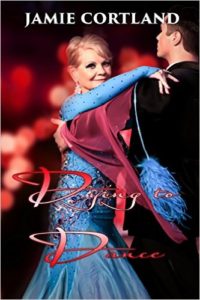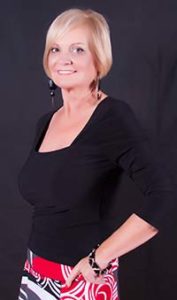 The following is a guest post by Jamie Cortland, author of Dying to Dance.
The following is a guest post by Jamie Cortland, author of Dying to Dance.
Have we talked about creating characters? I hope so because if you’re ready to begin the book of your dreams, that’s exactly where we should begin. But, you say you’ve already thought of a great plot, the background, and even the background music if it becomes a movie.
Great. But that’s not where to begin, no matter how great your ideas are. Save your notes for future use. Maybe you can use it for this book, maybe not. Don’t throw them away.
We want to begin with your characters. Your book should be character driven rather than plot driven. While you’re forming your characters, remember that they should be believable. Bring them to life. Don’t just describe their physical attributes; motivate them. Give them personalities, a background, strengths and weaknesses. Ask yourself how each of them make their decisions and choices. Make your readers love them or like them; make them funny or eccentric, but most of all believable.
Become a people watcher…an eavesdropper. No one really likes an eavesdropper, but it is helpful if you’re a writer! Be very observant and let your imagination run wild.
When you develop a kind and believable character whom you place in jeopardy, your readers will root for him. They will want to know what comes next. That’s what you want!
This is true, not only for mysteries or suspense, but also for romance.
If you want your characters to be believable, be very careful with the details that you use to describe them. They should be relevant to your story as well as appropriate. Their dialogue and actions should be unique to each of them. You will notice in both Elmore Leonard’s mystery novels and Janet Evanovich’s all of their characters dialog and actions suit the characters. If you exaggerate, that’s okay. Don’t forget to describe their age, clothing, mannerisms, backgrounds, history, marital and financial status, morals and perhaps religion early in your story.
 How many characters should there be or can I use? You will of course, want the hero, the heroin and the villain along with a few supporting characters who should also be memorable. Some authors are able to include more…perhaps more minor characters, like villains.
How many characters should there be or can I use? You will of course, want the hero, the heroin and the villain along with a few supporting characters who should also be memorable. Some authors are able to include more…perhaps more minor characters, like villains.
Naming your characters is also important and should define the character like Mickey Mouse, Batman, or Superman. Have you noticed that there is a rhythm to names, just as there is to a poem or a manuscript? I’ve had new authors tell me that they are having difficulties thinking of names. If you are, I’m sure there are dozens of sites online listing names.
By the time you finish describing and developing your characters, you will be ready to begin your journey. Enjoy it!
More about the author and her work: Jamie Cortland’s Website.